To the misinformed or unacquainted, street photography is easy. Everyone else knows this isn’t true. Even those who are so good at street photography that they make it look easy will tell you there’s a lot that goes into the craft. They would probably say you can’t simply show up at an interesting location with your camera and expect to magically make incredible photos. They would probably say you need to you need to forget about trying to follow trends and, instead, strive for something timeless.
Obviously I’m taking on the precarious venture of speaking on behalf of others — I don’t know for a fact that great street photographers would say any of what I’ve just attributed to them, but I’m confident I haven’t missed the mark by much, if at all. Naturally, the question that follows will be, “So, how does one go about creating interesting, timeless street photography?”
I’ve got an idea or three about that.
Know What You Want
This is probably the most difficult and most important component of crafting a worthwhile street photo, so we will start here. You can’t rely on luck — the spray-and-pray methodology isn’t really going to get you anywhere in the long run. In order to begin in earnest down the desired path, you need to have strong ideas about not only what concepts you want to communicate through your photos but also how you intend to communicate those concepts. I think the best way to go about this is to make some simple decisions before you even step onto the street. First choose a couple of tangible elements you’d like to focus on, such as shape, color, shadows or reflections; then choose some ideological elements to throw into the mix — something like energy, tranquility or drama
. Now when it’s time to actually go out and shoot you will know what to look for. Try to stay focused on the parameters you establish for yourself, because even with such perceived limitations you will find a wealth of material that falls within those boundaries.
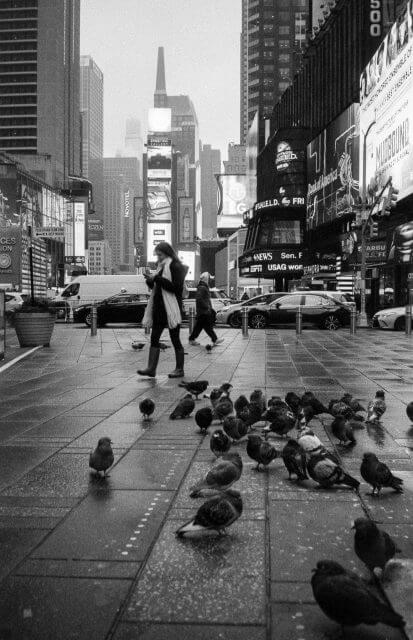
Don’t Compromise
As you rove the streets in search of a great photo, it’s easy to become anxious, especially when you feel it’s taking too long to find a shot that works for you. A common inclination is to compromise that standard you previously set for yourself and settle for a lesser shot. Of course not every photo you go home with is going to be a winner, but intentionally lowering the measure of what you consider a good shot just for the sake of getting any shot is only going to hamper your creative development. Bad photos for which you put forth some effort but didn’t achieve the desired result are useful because you can learn from the specific mistakes you made. Bad photos that are the result of laziness are useless other than to serve as reminders to not be a lazy photographer.
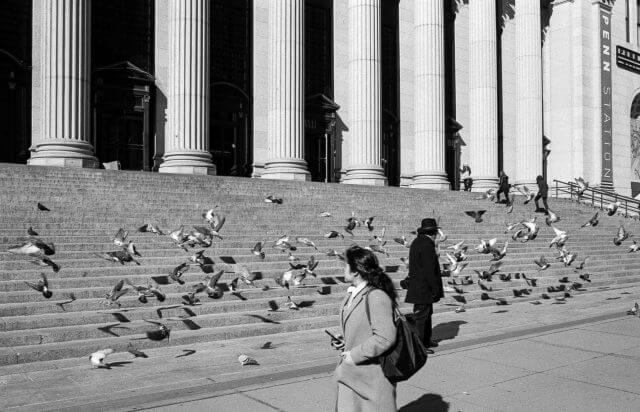
Take Your Time
I’m not going to pretend that street photographers never get lucky. There are absolutely times when everything around just seems to fall perfectly in place and all you’ve got to do is be there to frame it and press the shutter button. But you can’t expect things to go that way all the time. You have to create your own “luck”. When you have made that mental checklist of the elements you would like to appear in your photo, you do have to actively seek them out but you also have to be patient and wait for things to unfold. It’s a lack of patience that will cause you to lower your standards, as we discussed above. Some street shooters will stand in one spot for an hour or more waiting for a shot, while others will scan their immediate vicinity as they walk through the city. Regardless of the methodology, the point is to exercise patience. Of course you should always be open to serendipity, ready to capture that awesome scene that unexpectedly pops up in front of you, even when it is not thematically in line with what you have planned for the day. Those are exciting shots, but now it’s time to get back to your regularly scheduled program. Wait. And Wait some more.
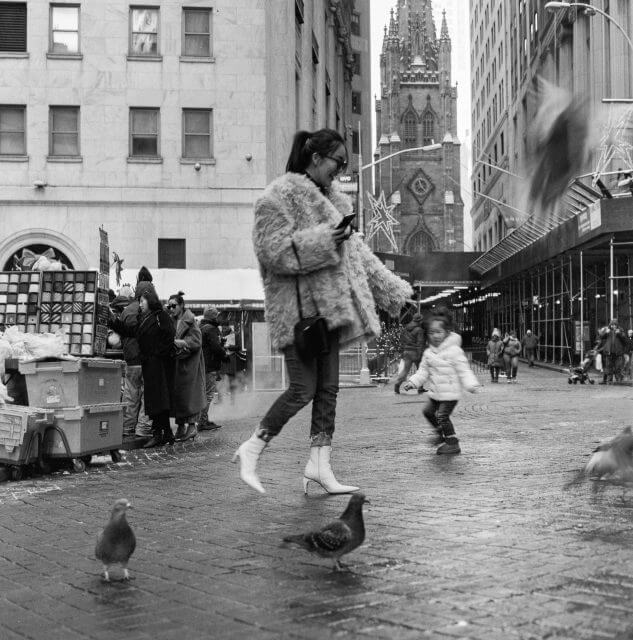
Final Thoughts
Know what you want your work to consist of, set and stick to a high aesthetic standard and allow yourself the time to find and learn how to combine diverse elements. This, to me, is an effective formula for good street photography. Now, go out there and put it to the test. Happy street shooting!

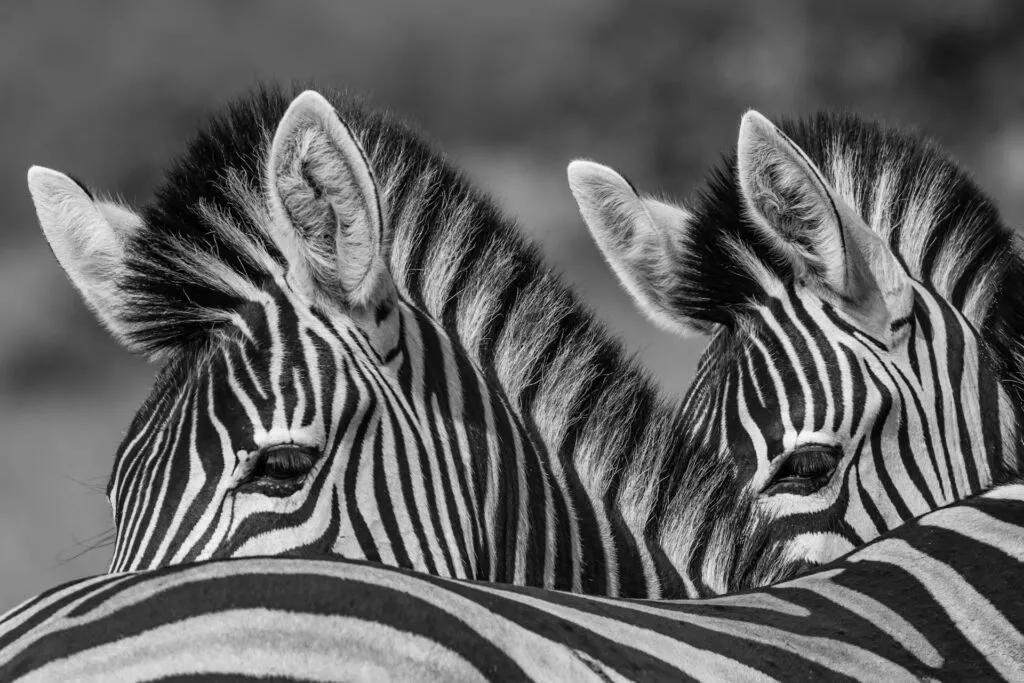
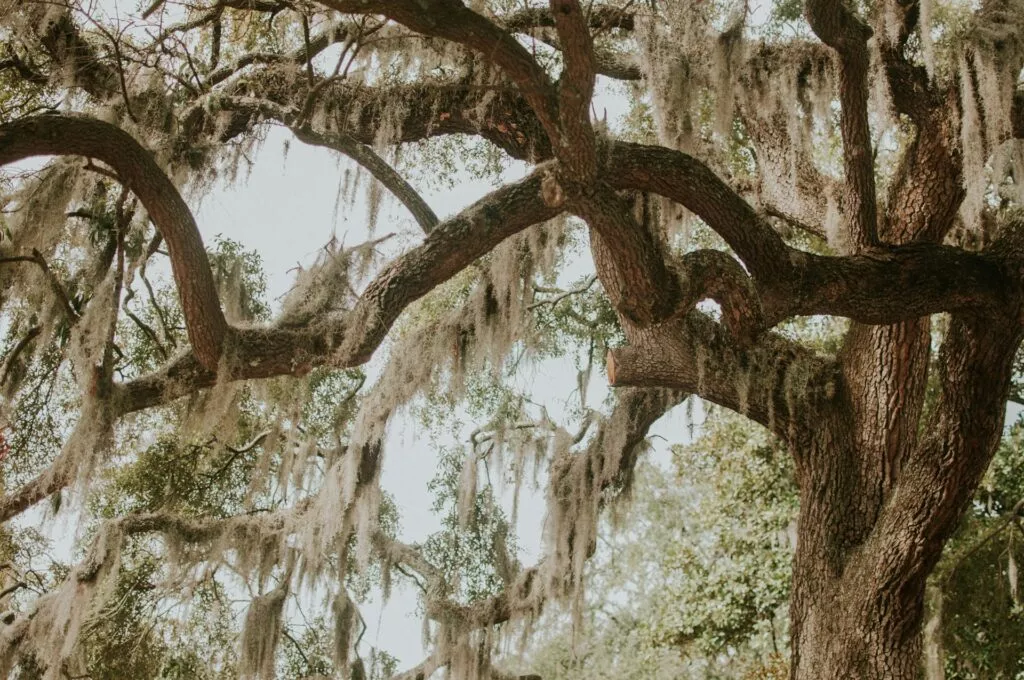
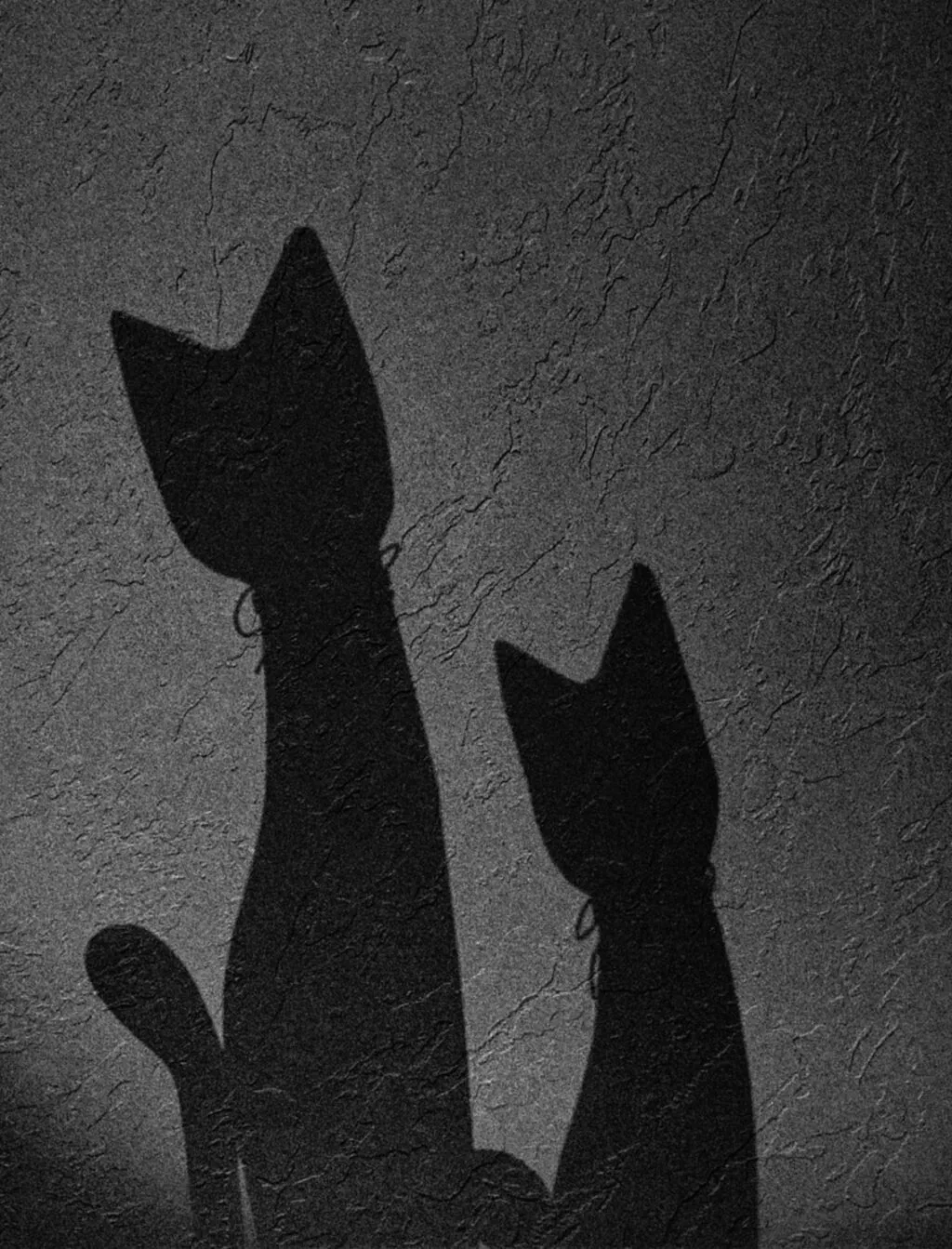
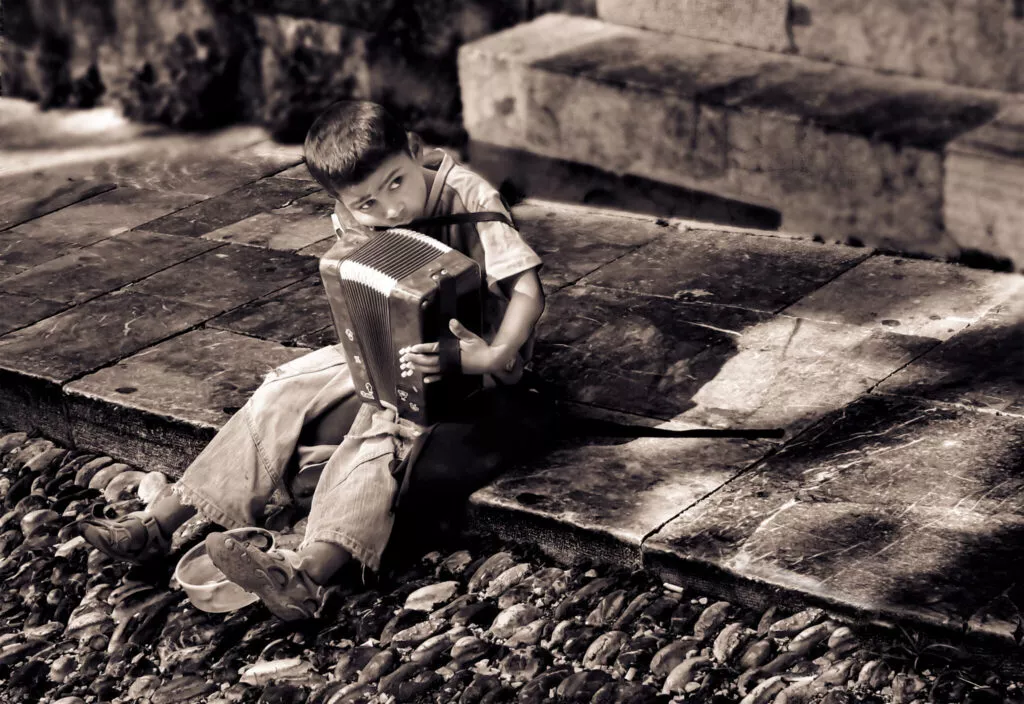
2 Comments
As a street photographer, I’d suggest the biggest key to success is empathy. You need to be in sync with your setting. You need to be immersed in what’s going on. This will help you understand the scene and it can help you anticipate what may happen next.
Having a plan is good in some situations. It’s very useful to help train you to see what’s around you and not just look. But street photography is dynamic, as well. It moves, it evolves, it ebbs and flows. Being too rigid, being closed to ideas you weren’t originally considering can mean you miss good opportunities, too. Don’t completely eschew spontaneity just to stick to your pre-arranged plan, as you point out. Don’t make your plan so rigid that you impede your creativity. Every good coach goes in with a gameplan. But they know to adjust the plan based on what’s happening in the game. That’s not compromising, it’s just being a smart tactician.
TY for the great info!